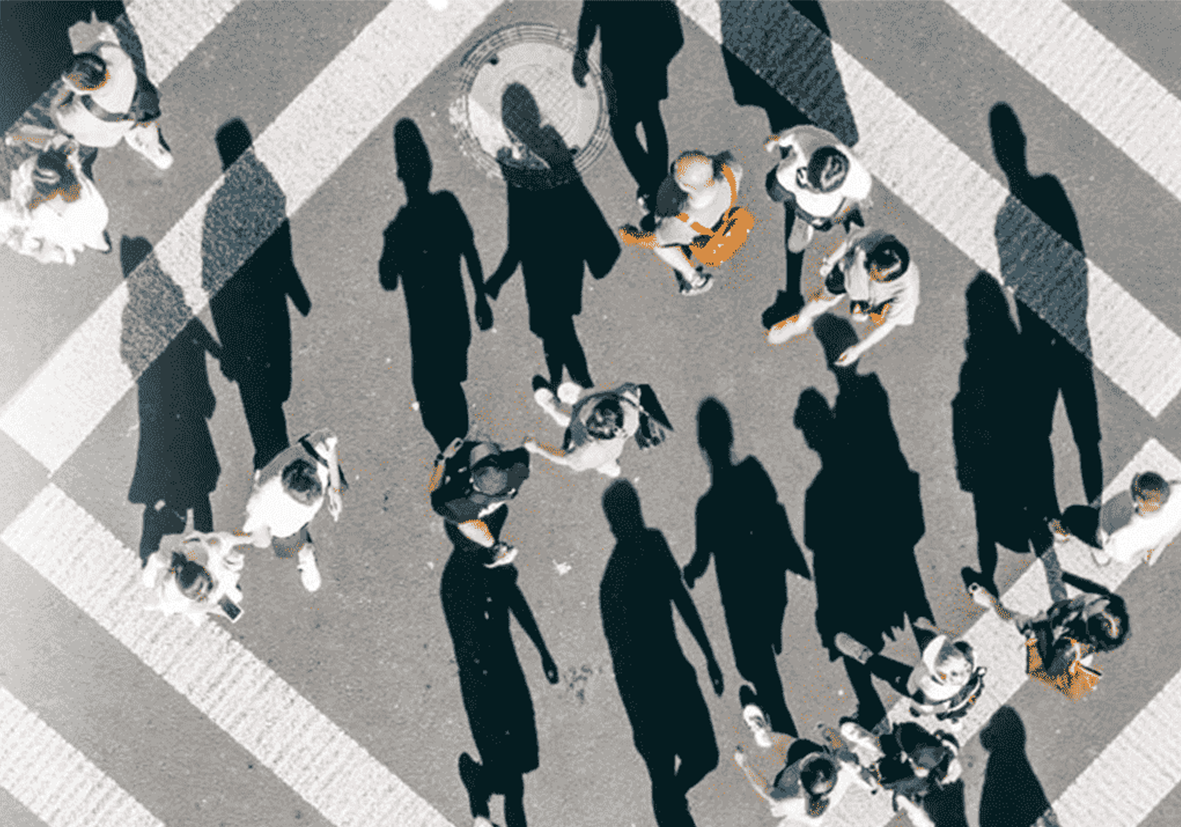As the world witnesses one of the most significant annual gatherings of people during Hajj 2025, Saudi Arabia is once again demonstrating how digital transformation can redefine large-scale public service delivery. Driven by the goals of Vision 2030, the Kingdom has prioritized the use of advanced technologies, artificial intelligence (AI), and smart infrastructure to enhance the safety, efficiency, and spiritual fulfillment of pilgrims.
At PA Global, we recognize the relevance of this transformation — not only from a technological perspective but also as a case study in strategic public innovation, governance, and the intersection of digital systems with complex human experiences.
A New Era of “Smart Hajj”
The Ministry of Hajj and Umrah, alongside the Saudi Data and Artificial Intelligence Authority (SDAIA), has rolled out several initiatives that integrate smart technologies into every touch point of the pilgrim’s journey. Among the standout advancements in 2025:
1. AI-Powered Crowd Intelligence
Using thousands of surveillance cameras and IoT-enabled sensors installed across the holy sites, authorities can now analyze crowd density and movement in real time. AI algorithms process this data to predict bottlenecks, suggest alternative routing, and prevent overcrowding — significantly reducing the risks historically associated with mass gatherings.
2. Biometric Verification and Seamless Entry
Saudi Arabia has fully implemented facial recognition and biometric registration for all international pilgrims. Upon arrival, travelers are authenticated using biometric kiosks that verify identity within seconds, eliminating long queues and manual checks. This innovation not only improves the pilgrim experience but also strengthens security and border control protocols.
3. Smart Devices and Health Monitoring
Pilgrims in 2025 are issued wearable smart bands integrated with GPS, health trackers, and emergency alert functions. These devices allow medical teams to monitor vulnerable individuals, respond to heat exhaustion or dehydration cases instantly, and locate lost persons efficiently. Notably, a parallel initiative by the Saudi Interior Ministry has introduced smart health bracelets for security personnel, providing real-time monitoring of vital signs and automatic alerts to command centers, significantly enhancing medical preparedness across all operational levels during Hajj.
4. Nusuk App: An AI-Powered Guide
The official Hajj digital platform, Nusuk, has evolved into a comprehensive AI-powered companion. With features such as multilingual navigation, real-time updates, AI chatbots for religious inquiries, and virtual health consultations, the app exemplifies Saudi Arabia’s commitment to a digitally enhanced pilgrimage.
5. Smart Tents with IoT Integration
To improve comfort and safety in pilgrims’ accommodations, Saudi authorities have deployed smart tents equipped with IoT sensors and surveillance cameras. These tents monitor temperature, humidity, and occupancy levels in real time. Should an issue arise — such as overheating or overcrowding — the system can automatically alert authorities to intervene, preventing health risks and operational delays.
6. Climate-Responsive Infrastructure: Cooling and Air Quality
Based on Gulf Business, in recognition of the harsh summer climate during Hajj 2025, Saudi Arabia has significantly upgraded its cooling infrastructure, particularly within the Grand Mosque. Today, the mosque features the world’s largest integrated cooling system, capable of maintaining indoor temperatures between 22°C and 24°C, even as outdoor temperatures soar above 45°C. This advanced system is supported by industrial-grade air purification units that remove up to 95% of airborne impurities, including dust and pathogens.
Setting a Global Example
Saudi Arabia’s advancements in Hajj management are a compelling example of how emerging technologies can be responsibly and strategically deployed at scale. For governments and institutions worldwide, the Hajj 2025 model offers valuable insights.
At the heart of this transformation is not just innovation, but governance — ensuring data security, interoperability, inclusivity, and ethical oversight in every digital layer.
A Model of Purposeful Innovation
Hajj 2025 underscores how tradition and technology can coexist to serve people better. For PA Global, it serves as a vivid reminder that technological advancement, when anchored in purpose and strategic foresight, can enhance the human experience even in its most sacred and complex forms.


























